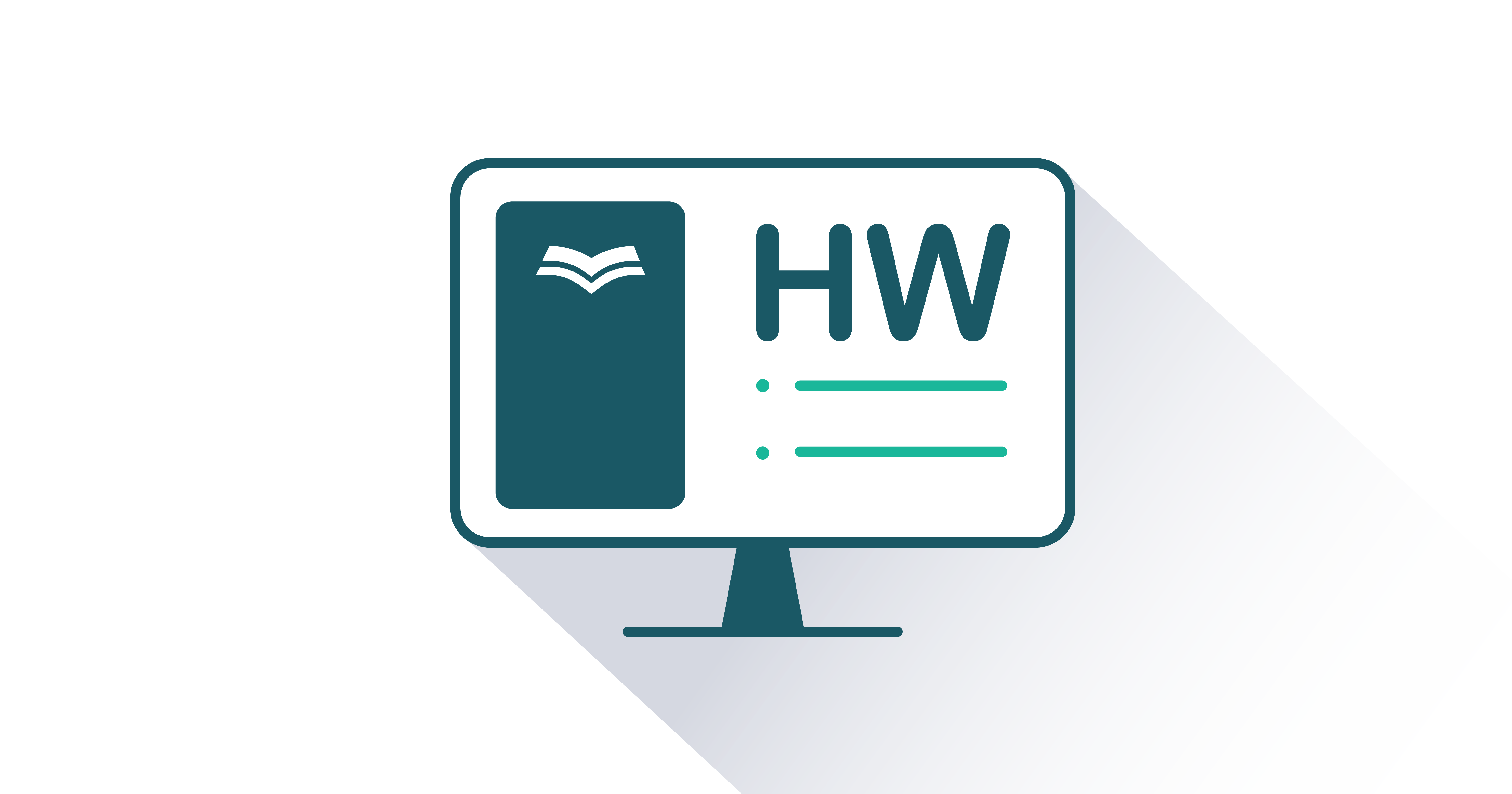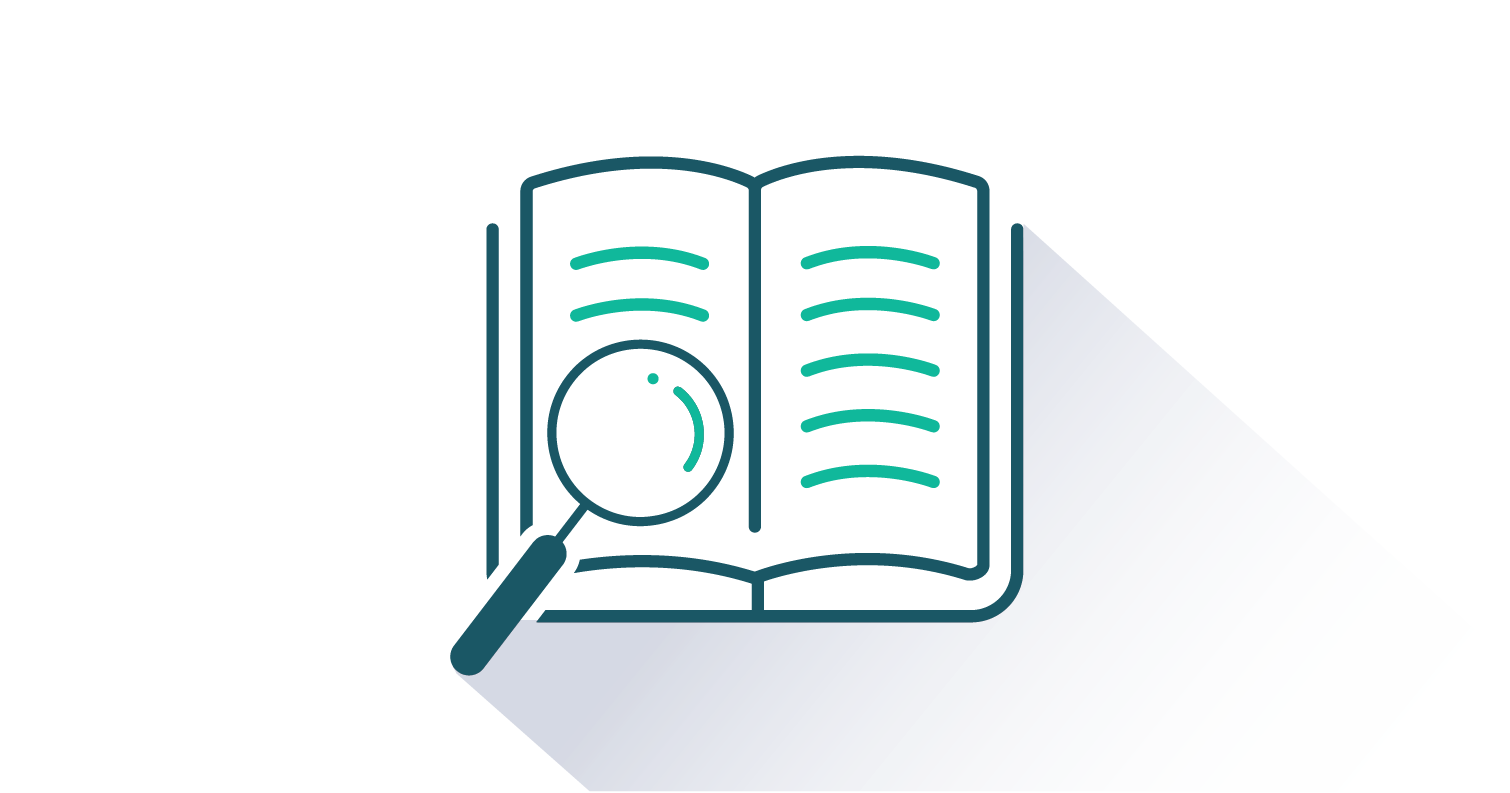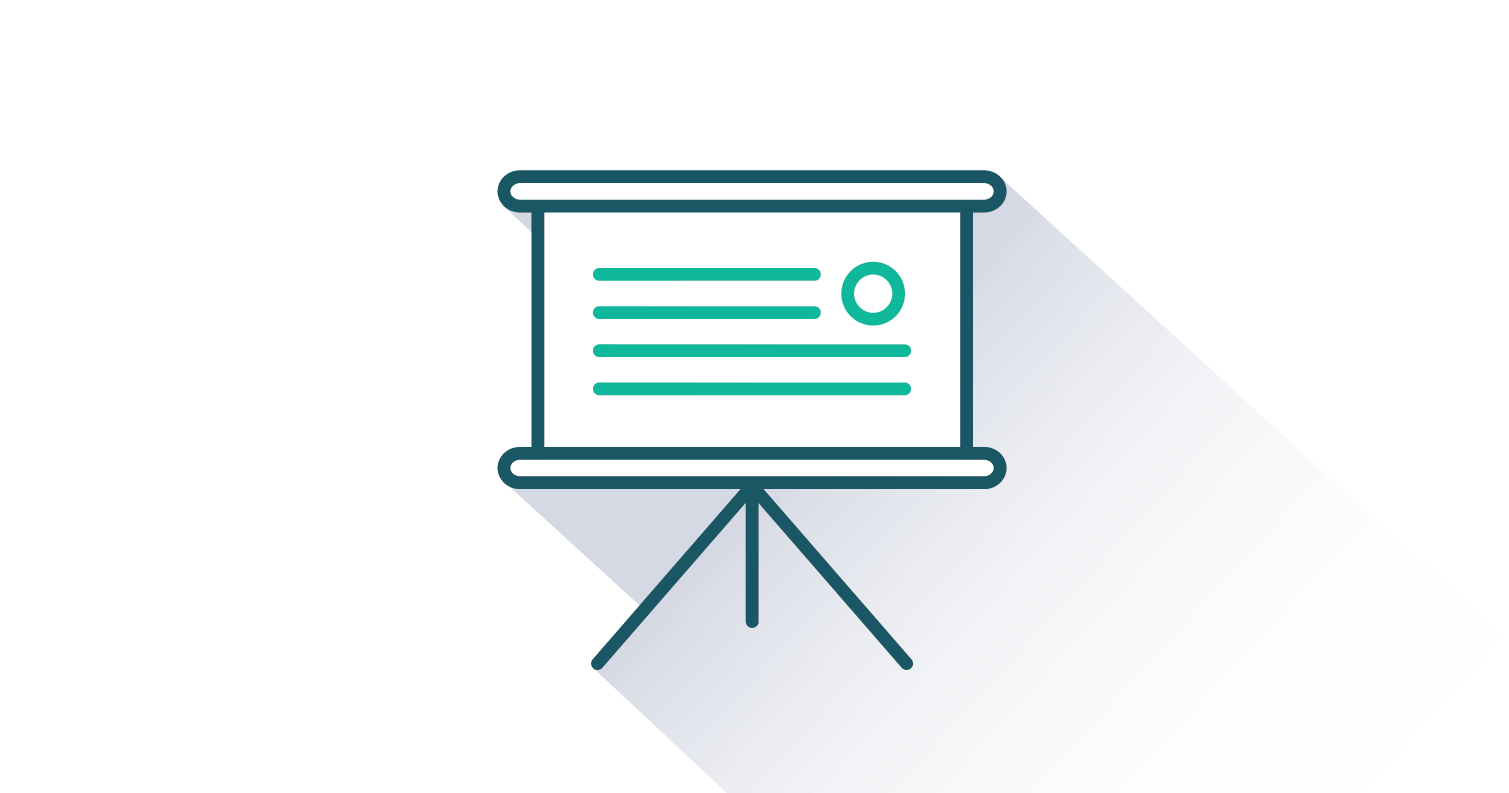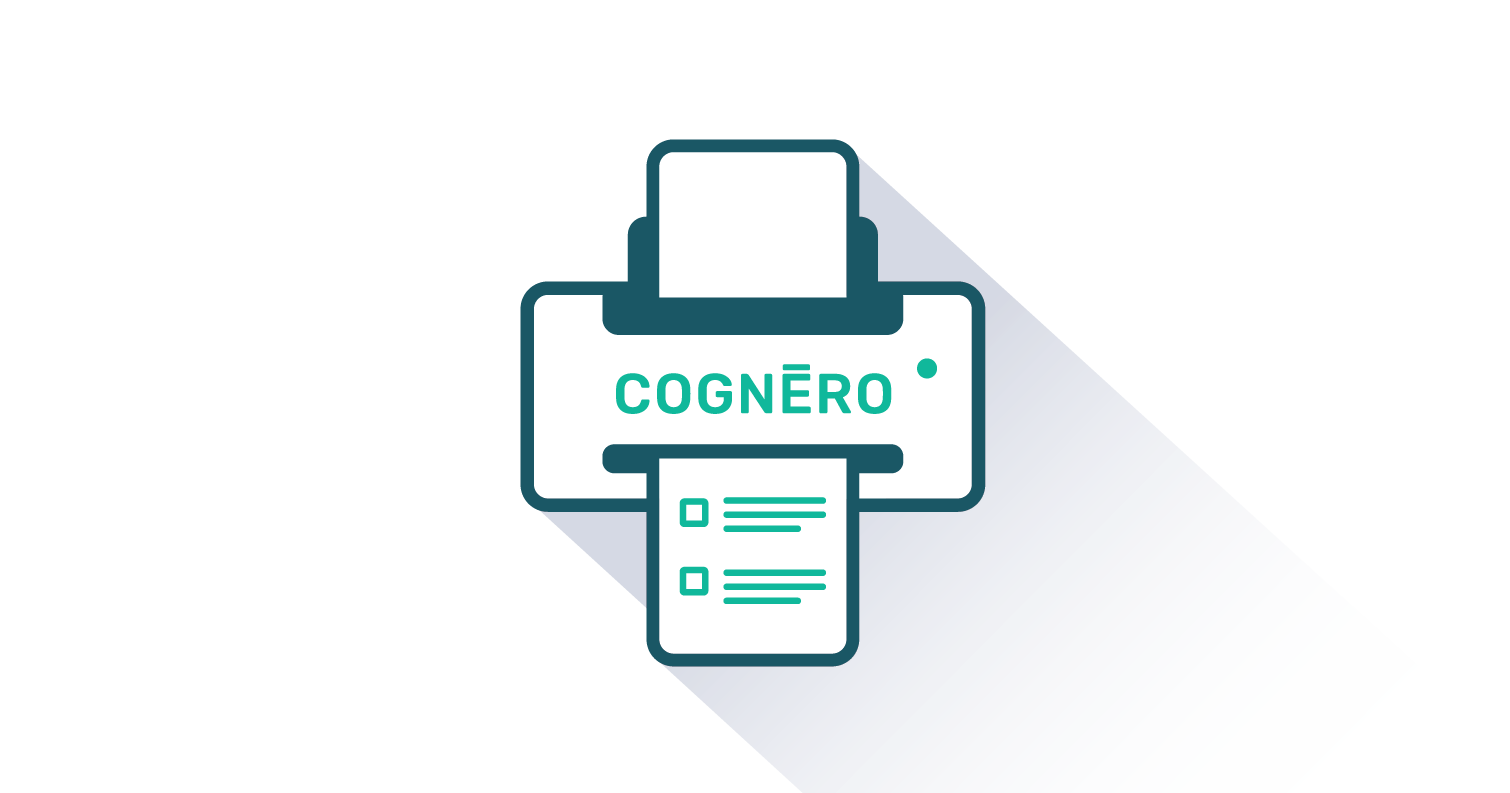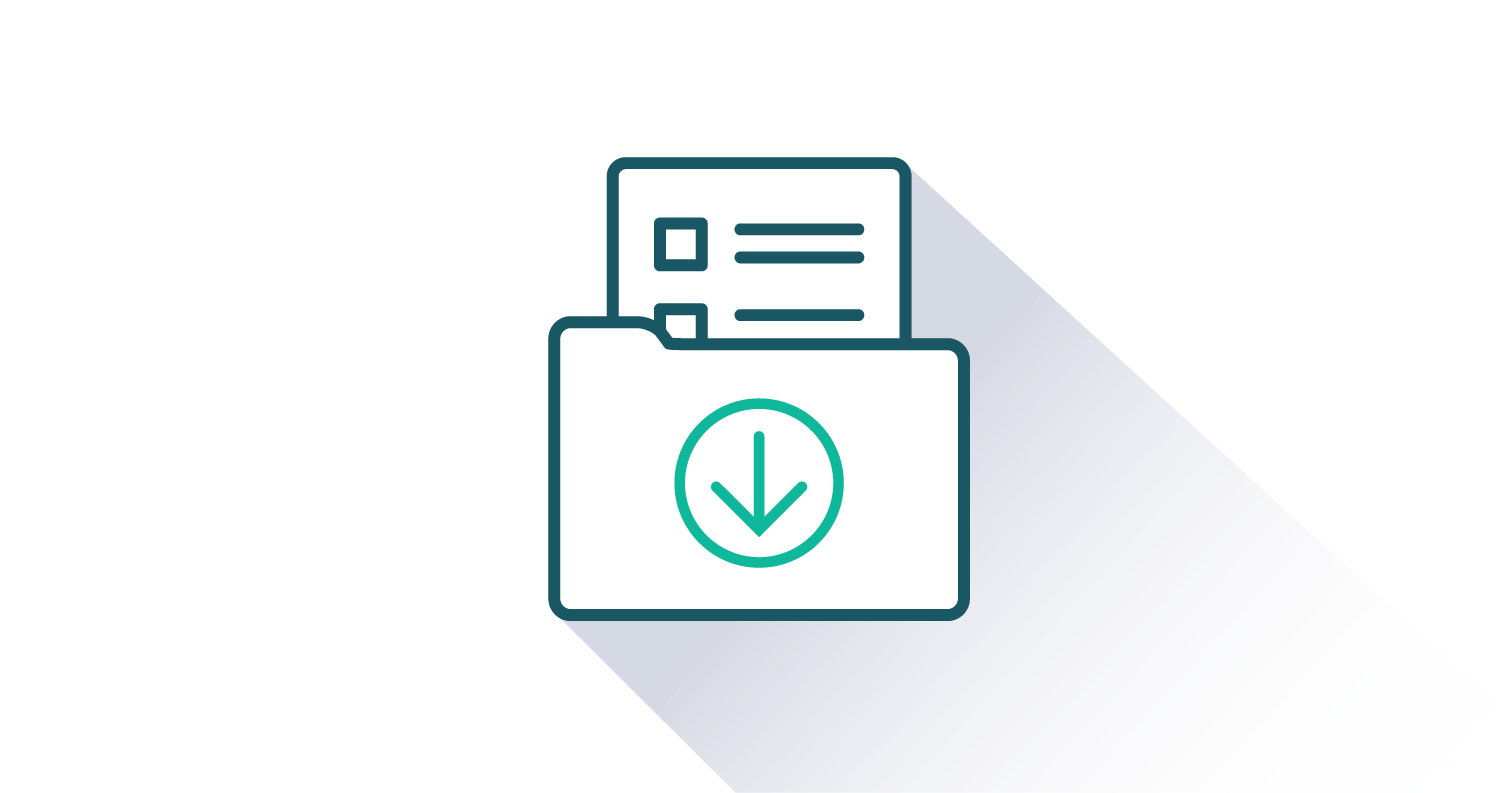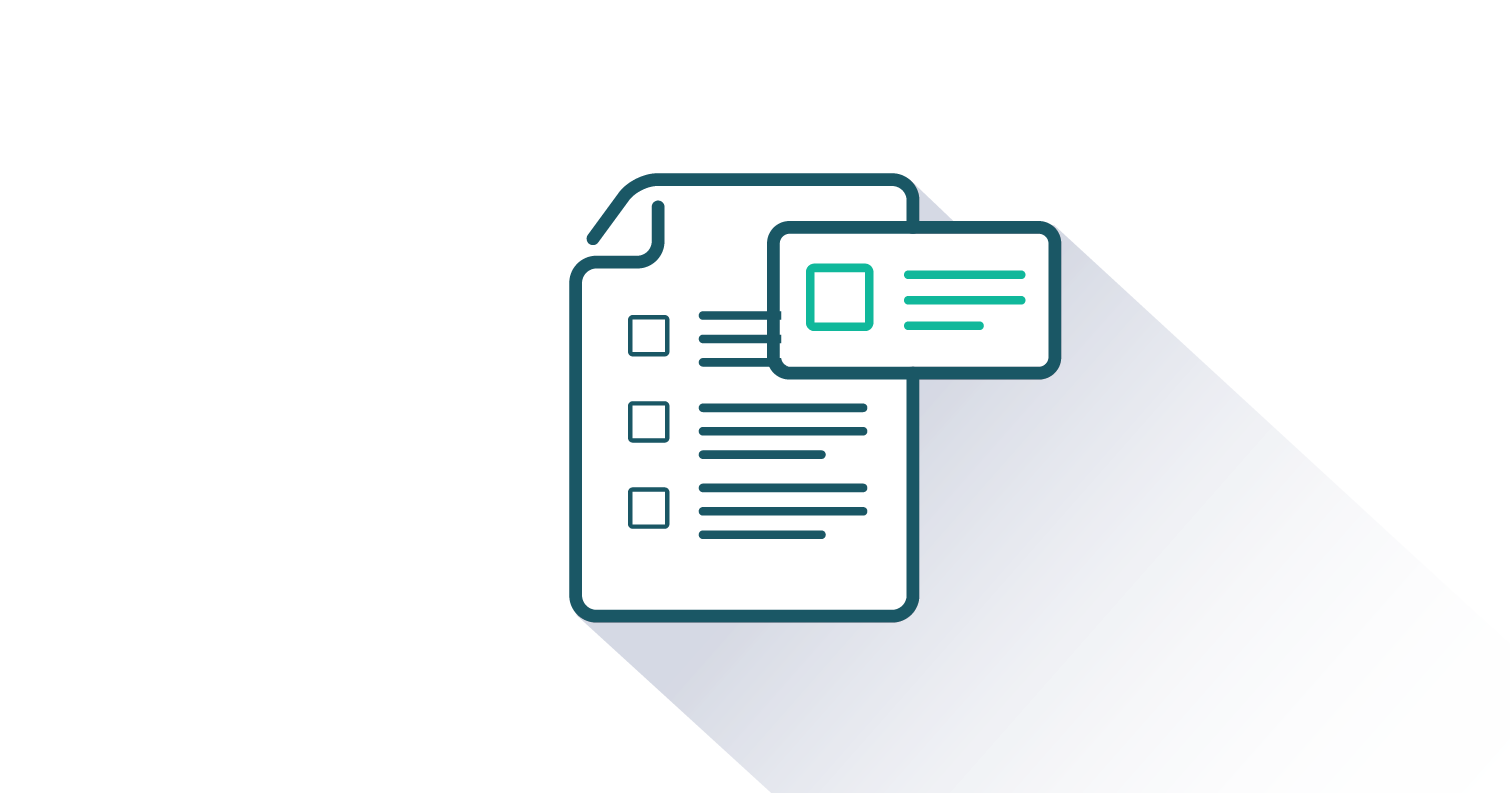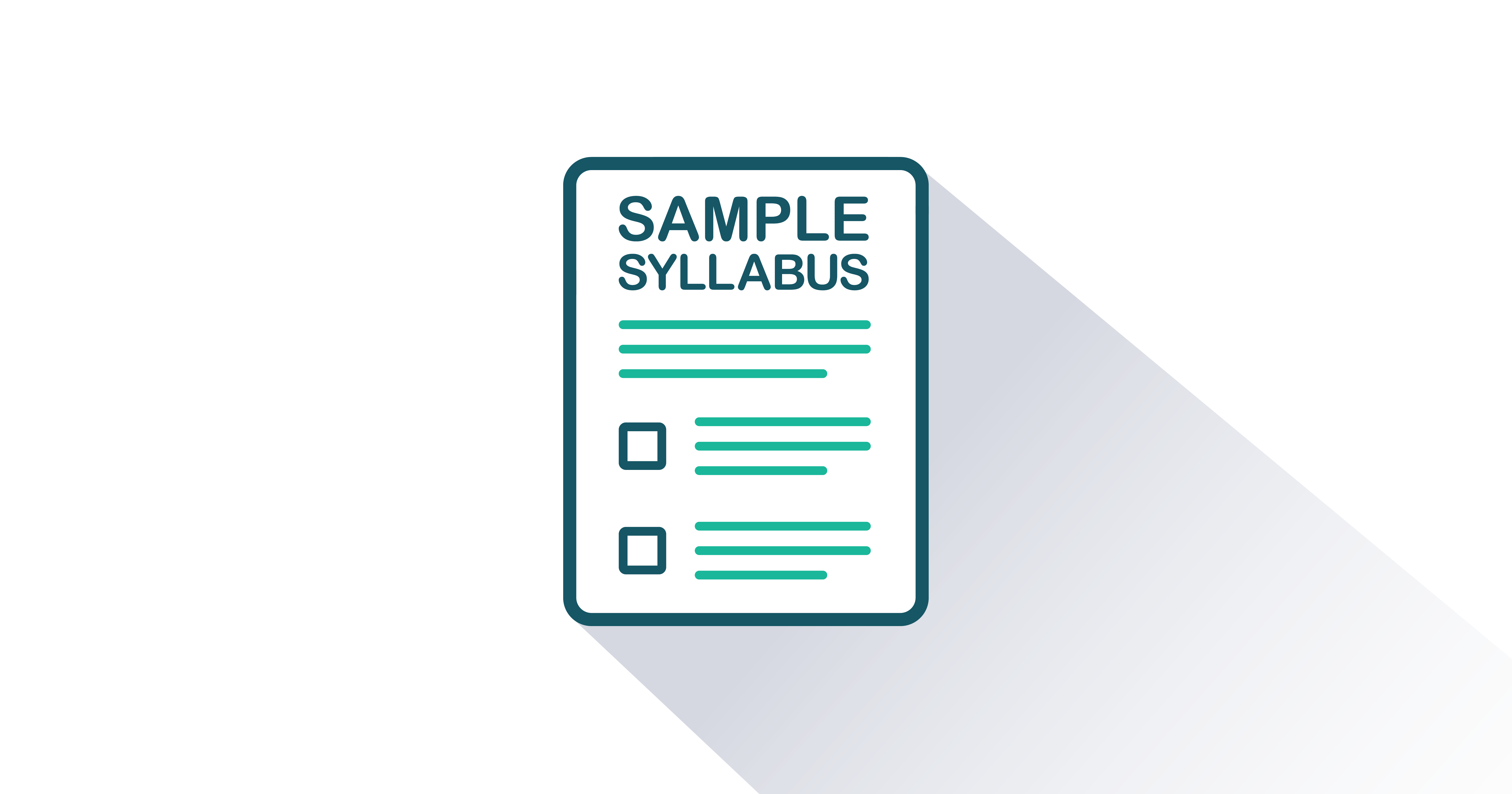New in This Version
Overall
- The narrative now employs “we,” “us,” or “our” pronouns, which many students find more inviting and engaging
- New “Applying Social Psychology” section at the end of every chapter
- References reflect classic, replicated studies while ensuring all other citations are current
- In-Text citations are collected in footnotes rather than embedded to enhance ease of reading
- Practice quiz questions are now embedded in the online reader so they can be autograded
By Chapter
Chapter 1 Welcome to Social Psychology
- New collectivism/individualism world map
- New observational research study on mask-wearing during the early stages of the COVID-19 pandemic
- “Common-causal variables” are renamed as “third variables”
- Expanded discussion and a research example for deception in social psychology experiments
Chapter 2 The Social World: Learning and Cognition
- New chapter opener: “What Is Your Medical Doctor Schema?”
- Chapter opener introduces the idea of cognitive misers
Section 2.1
- The term “classical conditioning” replaces “associational learning”
- “Clock-time culture” and “event-time culture” introduce schemas as social knowledge
- New “Research Focus” feature on attitudes toward child vaccination as an illustration of confirmation bias
Section 2.2
- New “Research Focus” feature on lying as a cognitively intense activity
- Added firearms deaths as an example of the availability heuristic (with helpline information)
- “False consensus effect” replaces “false consensus bias”
- “Anchoring bias” replaces “anchoring” and “adjustment” and includes additional examples
- Added “planning fallacy”
- New Section 2.3. “Applying Social Psychology: Social Learning and Social Cognition on the Job”
Chapter 3 Social Affect
- New chapter opener: “Fear and Anxiety Influence Our Decision to Purchase Insurance”
Section 3.1
- Expanded discussion of cultural differences in emotional responses
- Added research on the association between weather and mood
- Added “affect heuristic”
Section 3.2
- Added section on social sources of stress: social relationships (including widowhood and intimate partner violence), bullying, and minority stress
- Added section on social coping strategies
Section 3.3
- Revamped as reflected in the new section title “Happiness in Our Social Lives”
- Added the PERMA model of subjective well-being
- Added section on the social sources of happiness and subjective well-being, including social relations
- New Section 3.4. “Applying Social Psychology: Emotion Regulation in a Social Context”
Chapter 4 The Self
- New chapter opener: “What Makes Us Human?”
Section 4.1
- Added discussions of self-concept clarity, the spotlight effect, and the illusion of transparency
Section 4.2
- New table reflecting eight self-presentation strategies
Section 4.3
- Added discussions of intersectional and “cutting off the reflected failure” (CORFing)
New Section 4.4. “Applying Social Psychology: The Self and Social Media”
Chapter 5 Attitudes, Behavior, and Persuasion
- New chapter opener: “The Culture of Choice”
Section 5.1
- New video on the theory of planned behavior in the context of marketing
Section 5.2
- Added will.i.am's “Yes We Can” video to illustrate how public attention can be used for persuasive purposes
- Added “Love Has No Labels” public service announcement to illustrate how ads can influence our attitudes
- Coverage of persuasion has been reframed in terms of the central and peripheral routes
- The peripheral route includes discussion of reciprocity, liking, social proof, authority, scarcity, commitment
- “Resisting persuasion” replaces "preventing persuasion"
- New discussion and related video of a study that found inoculation decreased resistance to misinformation
New Section 5.4 “Applying Social Psychology: Purchasing a New Phone”
Chapter 6 Social Perception
- New chapter opener: Sportsmanship hinges on the attributions we make
Section 6.1
- New point-light displays video
Section 6.2
- New coverage of correspondence bias, controllability as a type of attribution, self-handicapping
- Expanded coverage of attribution theory to include the global/specific dimension
- New sub-section titled "Attributional Biases" that includes a new diagram illustrating the differences among biases
- “Self-serving bias" and "self-critical bias” replace "self-serving attributions"
Section 6.3
- Added “implicit self-theory”
- “Entity (fixed mindset) theorists” replaces "entity theorists"
- “Incremental (growth mindset) theorists" replaces "incremental theorists"
- New Section 6.4 “Applying Social Psychology: Impostor Phenomenon”
Chapter 7 Conformity, Obedience, and Leadership
- New chapter opener: “The Power of Social Influence”
Section 7.1
- “Information social influence” replaces "Informational conformity"
- “Normative social influence" replaces “normative social influence conformity”
- Added new section on individual differences
Section 7.2
- Revised discussion of Stanford Prison Study as an illustration of research demand characteristics
- Revised section on leadership to reflect new research
- New Section 7.4 “Applying Social Psychology to Conformity and Obedience During the Pandemic”
Chapter 8 Relationships
- New chapter opener: “Becoming Sisters”
Section 8.1
- Section is now titled "Initial Attraction" to better reflect its approach
- Subsection "Physical Attraction" replaces “Physical Appearance” to better reflect its approach
- New coverage of baby-face overgeneralization and cultural differences in perceived attractiveness
Section 8.2
- New discussions of consensual non-monogamy, ghosting, and constructive and destructive communication
Section 8.3
- New section on intimate partner violence
New Section 8.4: “Applying Social Psychology: The First Date”
Chapter 9 Helping
- New chapter opener: “Truck Drivers Who Helped Others”
Section 9.1
- “Prosocial behavior” replaces “altruism”
- New graphic describes the amount of DNA we share with our genetic relatives
- New coverage of how we are more likely to help those who are similar to ourselves
- “Reciprocal helping” replaces “reciprocal altruism”
- Added video made for children that shows people behaving prosocially
Section 9.2
- Removed reference to Kitty Genovese
- “Knowing how to help" replaces “implementing action” and includes information on to better prepare ourselves to help in an emergency
Section 9.4 This section is renamed and refocused to be "The Role of Personality and Attributions”
Section 9.5
- New “Research Focus” feature on a longitudinal study of prosocial behavior
New Section 9.6 “Applying Social Psychology: Helping”
Chapter 10 Aggression
- New chapter opener: “The World's Most Dangerous Cities”
Section 10.1
- Reorganized to focus on goal direction, modality, and immediacy
- New coverage of cyberbullying
Section 10.2
- Expanded discussion of sociobiology, hormones, and genetics and epigenetics
Section 10.4
- Added discussions of trait aggressiveness, trait irritability, trait anger, and trait hostility
- New coverage of rumination, hostile attributional style, and narcissistic personality
- Expanded discussion of gender and aggression
- Revamped “Research Focus” feature on the culture of honor
New Section 10.5 “Applying Social Psychology: Preventing Violence”
Chapter 11 Group Performance and Decision Making
- New chapter opener: “Group Decisions with Disastrous Consequences”
Section 11.1
- Expanded discussion of group development
Section 11.3
- New discussion of strategies to reduce the likelihood of groupthink
New Section 11.4 “Applying Social Psychology: Forming a Group”
Chapter 12 Stereotypes, Prejudice, and Discrimination
- New chapter opener: “Discrimination in U.S. Healthcare”
Section 12.1
- New video illustrates how the categories we use to divide people can be altered
- Revised “Social Psychology in the Public Interest” feature now includes “stereotype lift”
Section 12.2
- Expanded discussion of the ultimate attribution error
Section 12.3
- Renamed to be "Reducing Discrimination" to better reflect its approach
- Updated research findings include differential treatment of people based on their group categorization and using social norms to reduce prejudicial attitudes and discriminatory behavior
- New “Robber's Cave” video
- New coverage of a field study that illustrates the power of recategorization
New Section 12.4 “Applying Social Psychology: Hate Crimes”
Chapter 13 Competition and Cooperation
- New chapter opener: “Climate Change”
Section 13.1
- New example of social fairness: the installation of a new wind turbine farm in Denmark
Section 13.2
- “Tragedy of the Commons” replaces “The Harvesting Dilemma”
- “Public Goods Dilemma” replaces “Contribution Dilemma”
Section 13.3
- “Tit-for-Tat Strategy” is folded into the privatization subsection
New Section 13.4 “Applying Social Psychology: Climate Change, COVID-19, Misinformation”


